If you're driving along County Road 400 in Indiana, you'll likely see exactly what you expect.
There are trees, rolling fields, and an open sky. It's a pretty road in the middle of the country, running through the small town of Amity in Indiana's Johnson County. It sounds like a great place for a drive.
But don't go too fast. On the eastern side of the road, the pavement suddenly splits, forcing drivers to slow down and swerve gently out of the way of the median, which seemed to appear out of nowhere.
And as if a sudden change in the road's layout wasn't enough to make you drive a little more carefully, the reason for this sudden split will definitely make you slow down.
In the middle of the road, in a raised median between the east- and west-bound sides of Route 400, is the solitary grave of Nancy Kerlin Barnett, who died in 1831. A plaque marks her grave, which has been covered with a concrete slab for protection.
You'll never know where a little slice of history will pop up. It could be in the middle of the road, or even buried under junk in your very own home, like the tombstone of a War of 1812 veteran found unexpectedly in a basement.
Read on to learn about the strange story of Nancy Barnett, and how she ended up in the middle of the street!
[H/T: Roadtrippers]
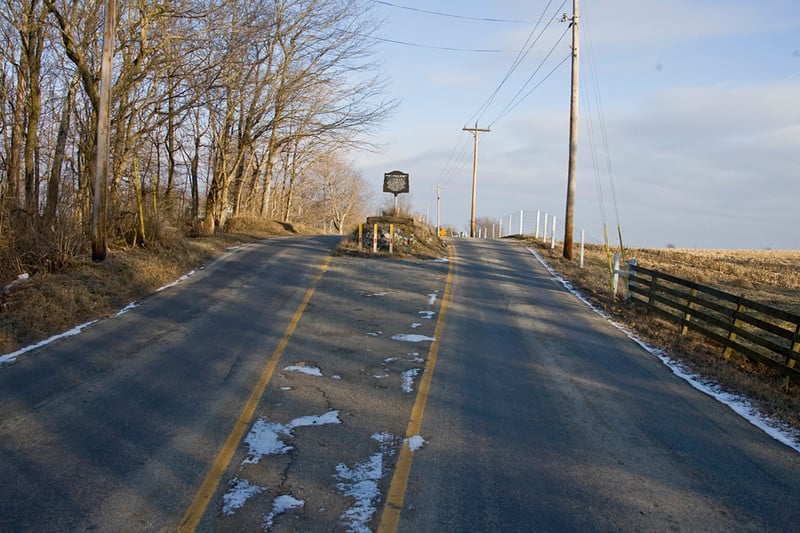
In the middle of County Road 400 in Johnson County, Indiana, the road suddenly splits around a single grave, marked with a plaque.
There's no cemetery around, so what is this doing here?
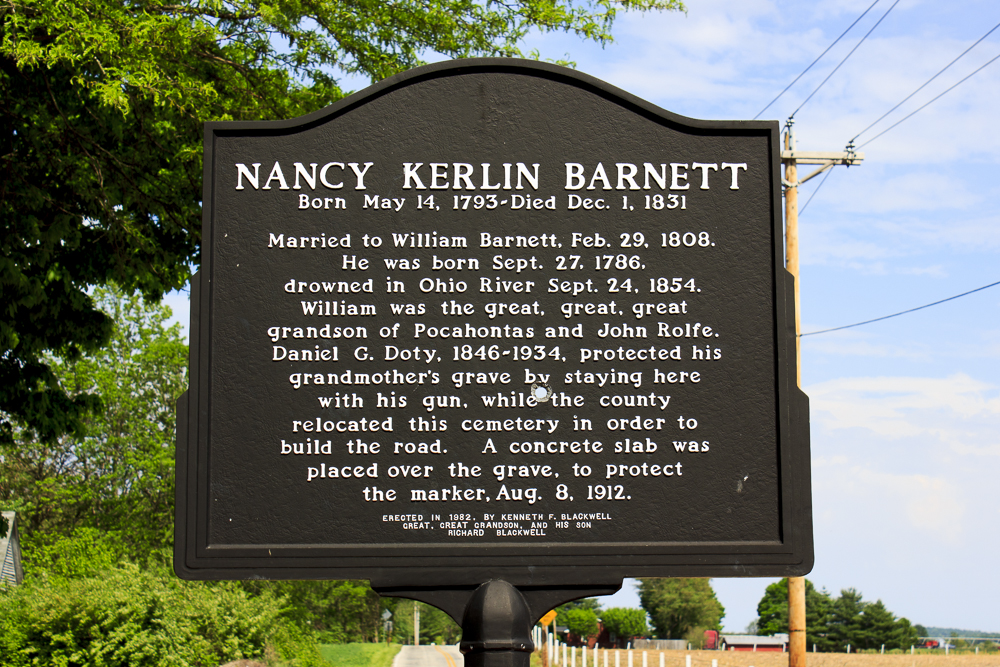
The grave, which is still tended by the county today, belongs to Nancy Kerlin Barnett, who was born 1793 and died in 1831 at the age of 38.
Barnett was married to William Barnett, the great-great-great-grandson of Pocahontas and John Rolfe.
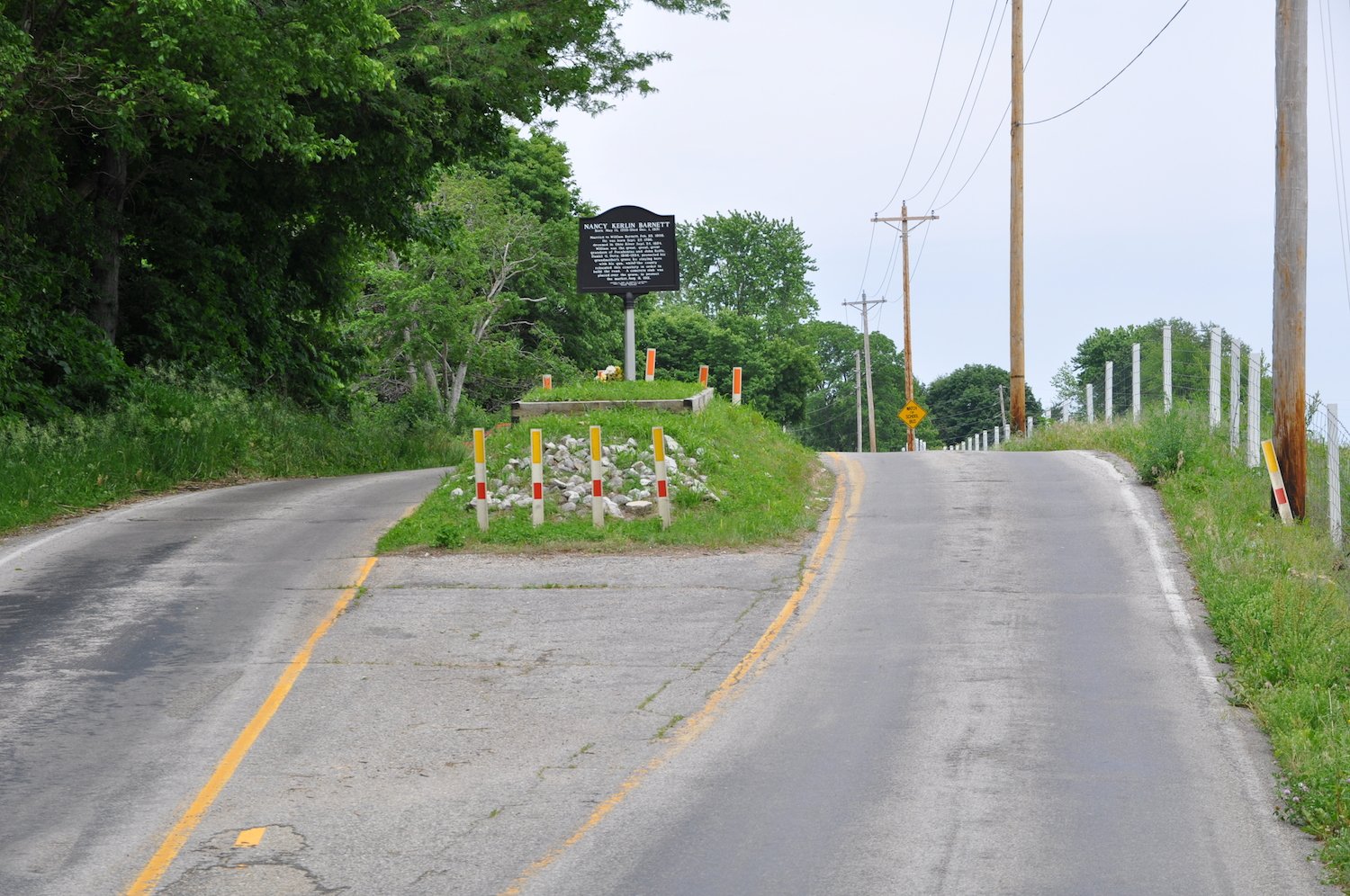
Unlike most of the departed in Johnson County, her final resting place is between two lanes of traffic.
That might seem disrespectful, but her unusual location actually has to do with some serious respect for the dead!
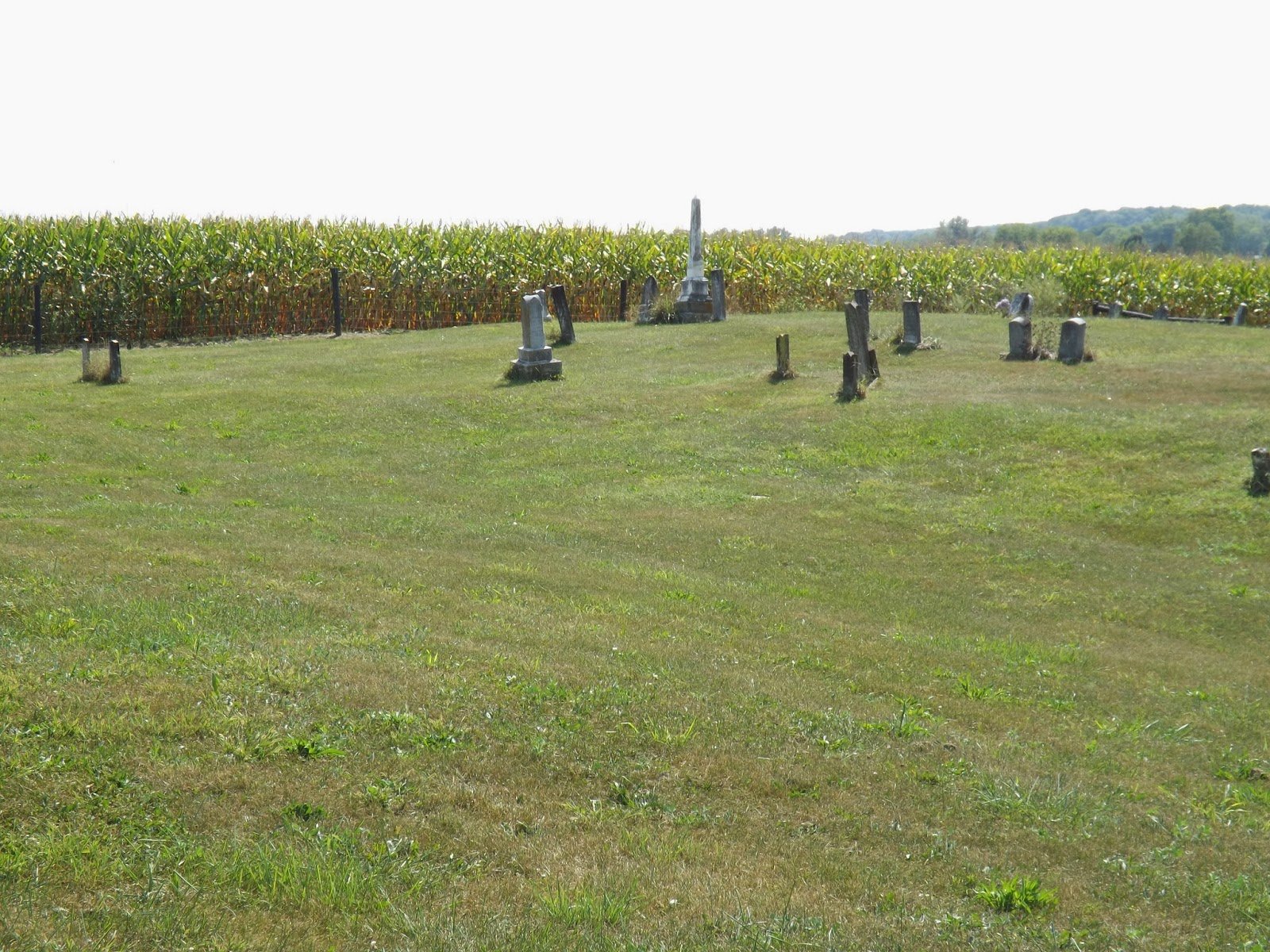
When she died, Nancy Barnett was interred on her favorite place on a hill overlooking the creek.
She was survived by her husband, William, and his 11 children. In the years to come, this spot would become a small local cemetery.
But that changed when the county decided to construct what would become Route 400 in the early 1900s.
It required the graves to be moved. And most of them were. The photo above shows their new location.
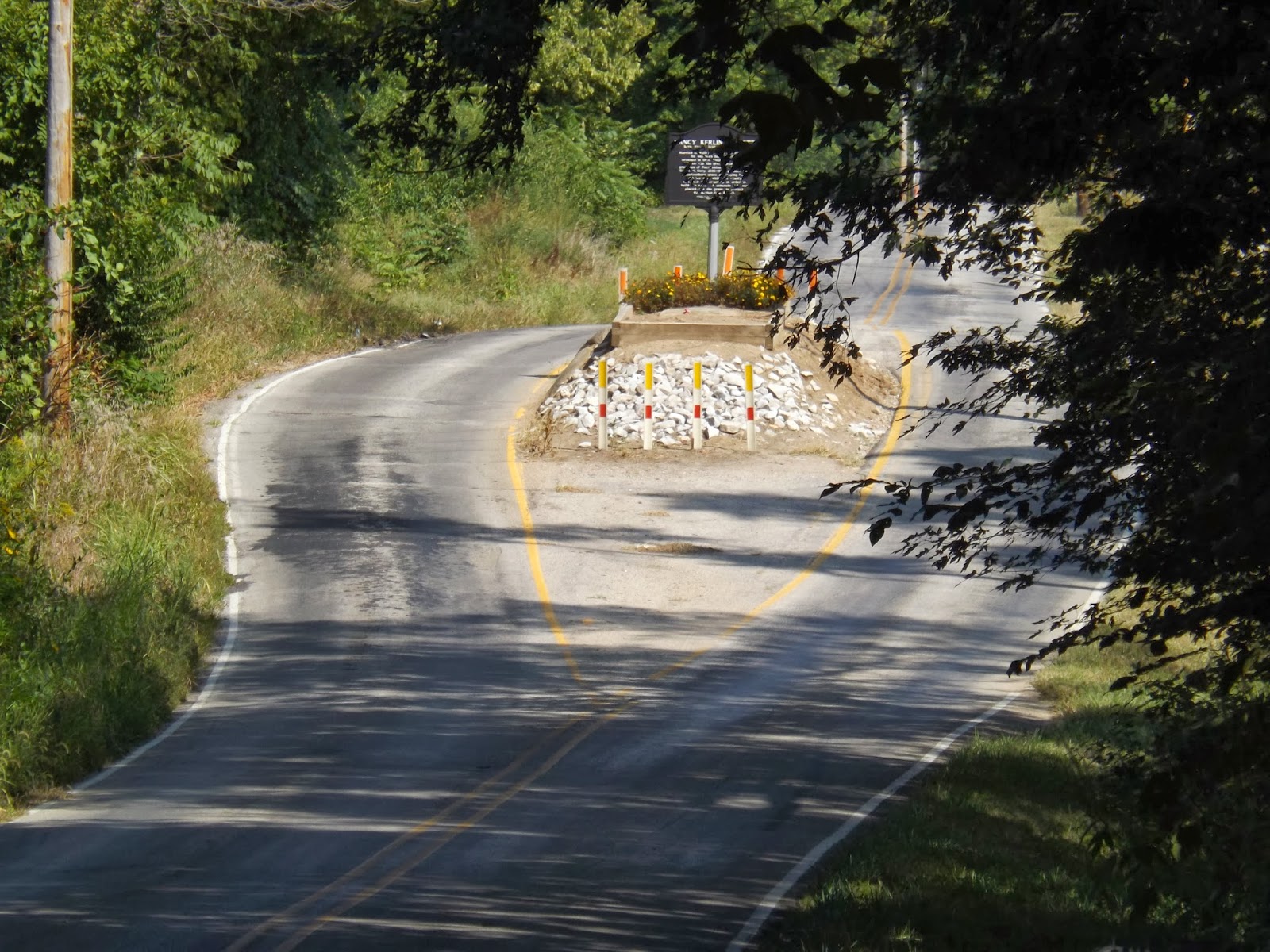
But Barnett's grandson, Daniel Doty, wasn't having any of this.
His grandmother had specifically requested to be buried here, and he refused to allow her remains to be moved.
So he camped out at her grave, armed with a shotgun, and scared off anyone who came near.
Finally, the county relented, and created this split in the road around the grave. Now that's a compromise!
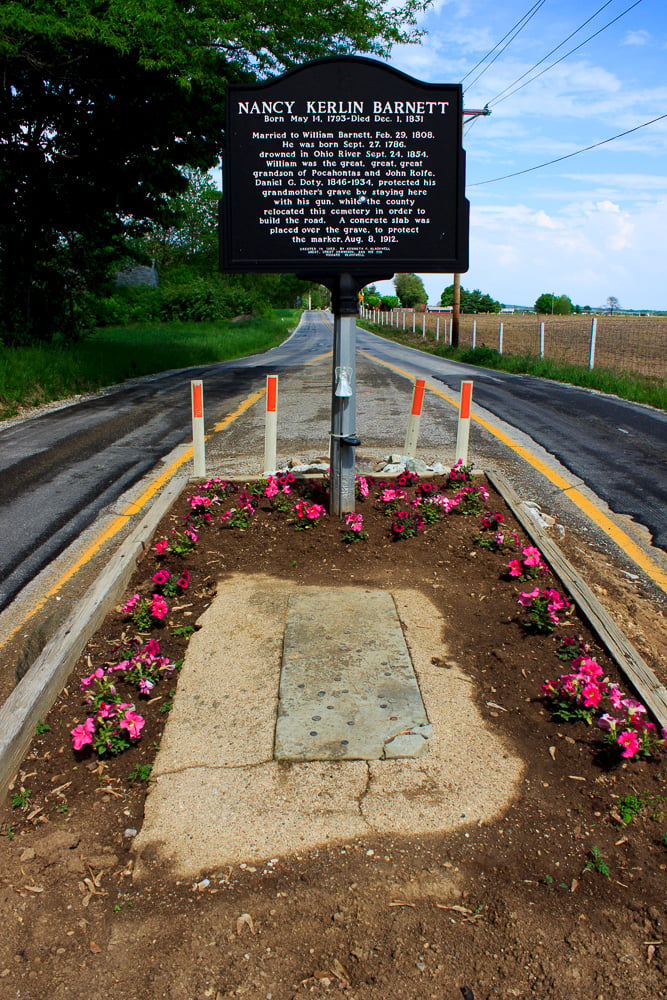
Barnett's original 1831 grave marker has been preserved, too, but instead of standing up, it was laid into a block of concrete in 1912.
This was done to further protect the marker and the grave in its precarious position. In August of that year, it was also declared a historical spot and granted a plaque.
We can only assume Doty, who died in 1934, was pleased.
And as you can see, people still take the time to spruce the grave up in the spring and summer with some flowers.
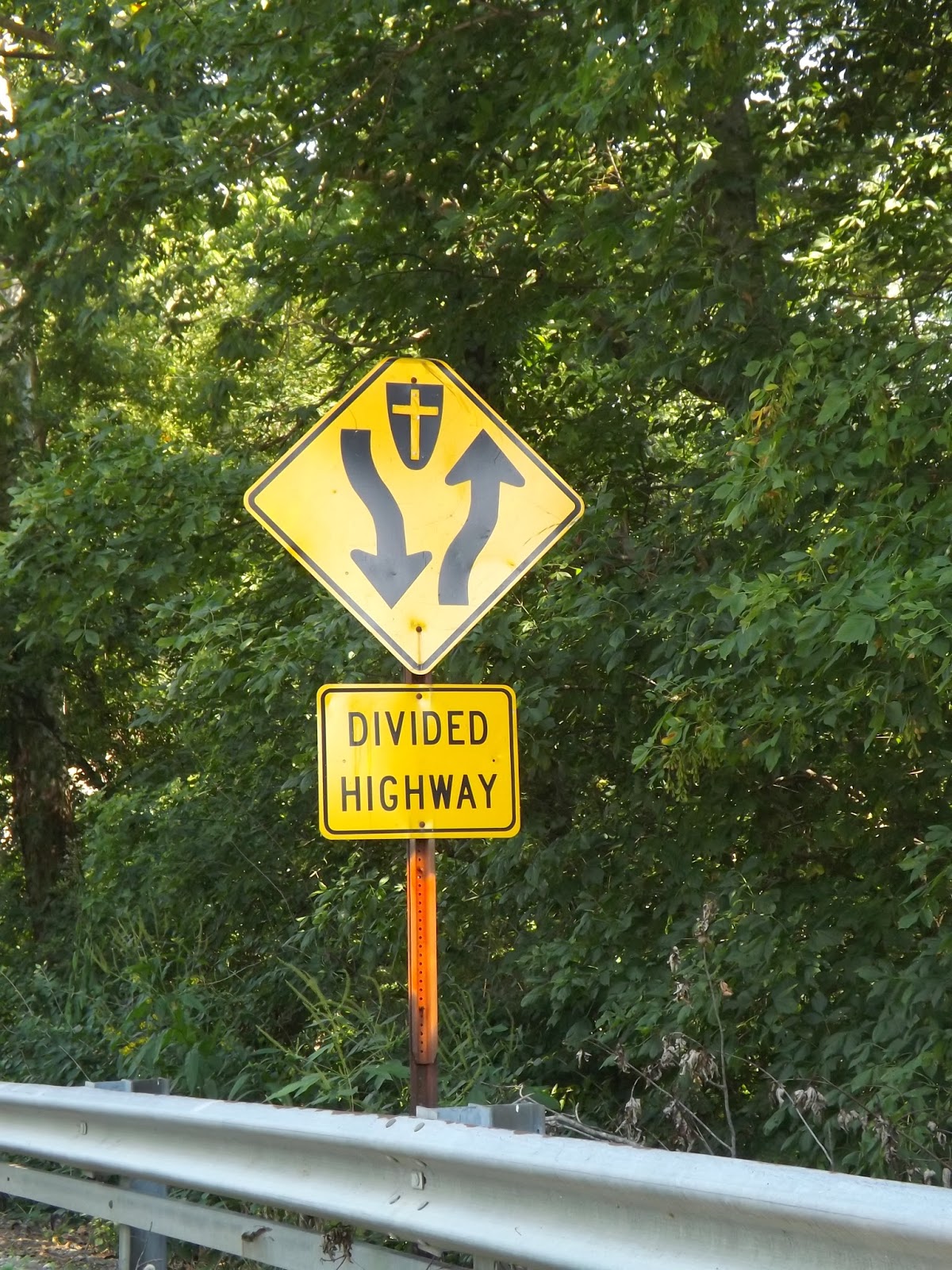
There's even a custom sign to indicate that not only is the road divided, but that there's a grave in the division!
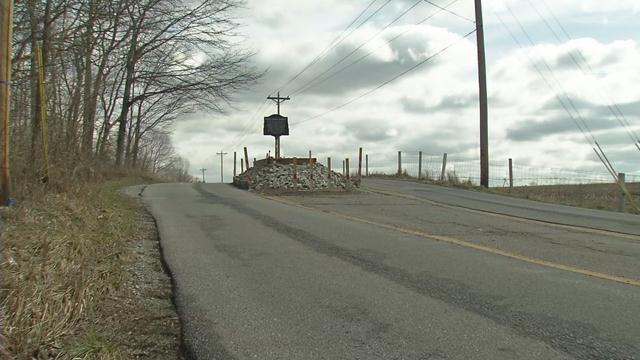
And so, thanks to a grandson who was so adamant about respecting his late grandmother's wishes, Johnson County, Indiana, has a peculiar roadside attraction like no other.
If you find yourself on Route 400, be sure to stop by and pay your respects.
And if you know anyone who likes the weird and the overlooked side of history, be sure to SHARE this unusual resting place with them!




